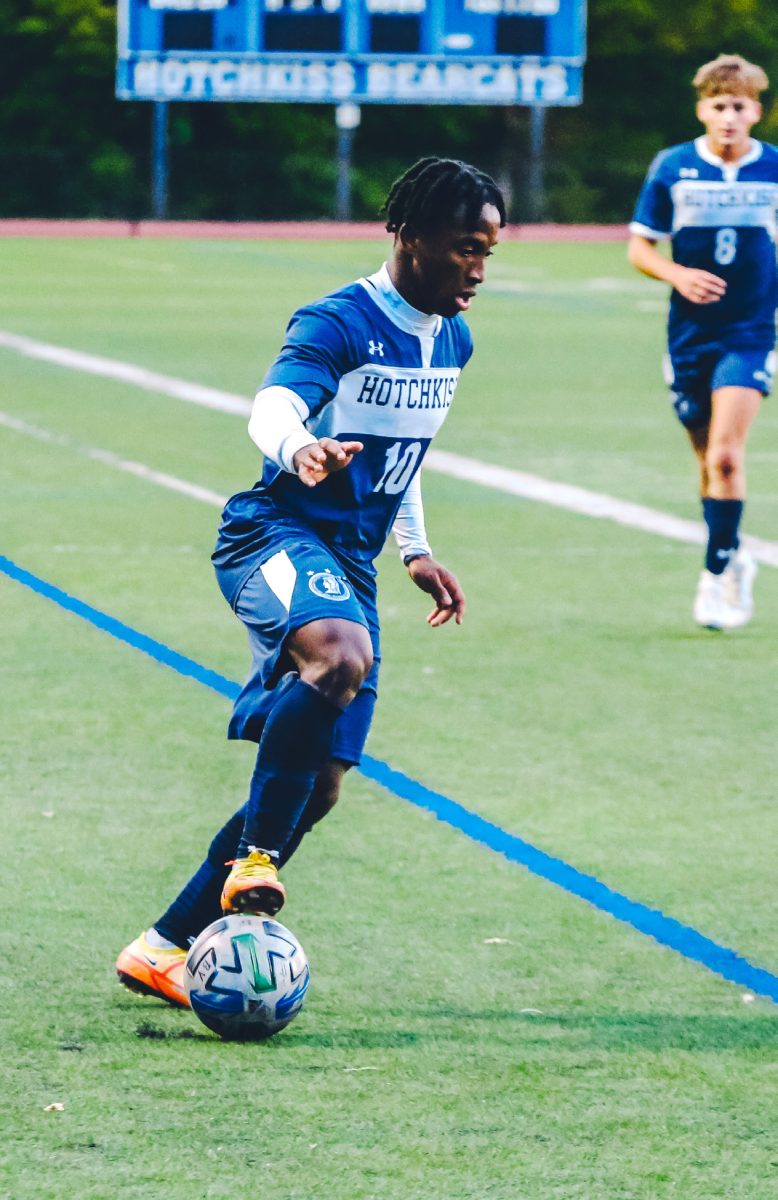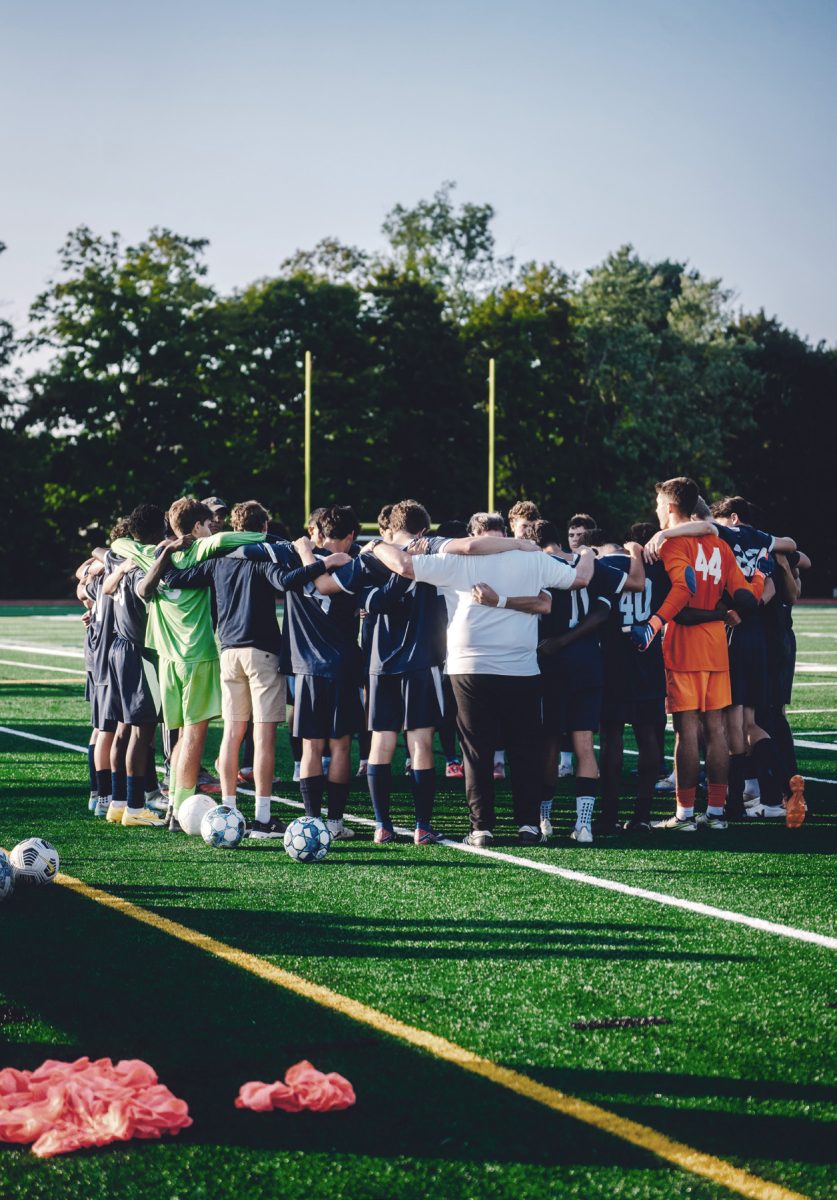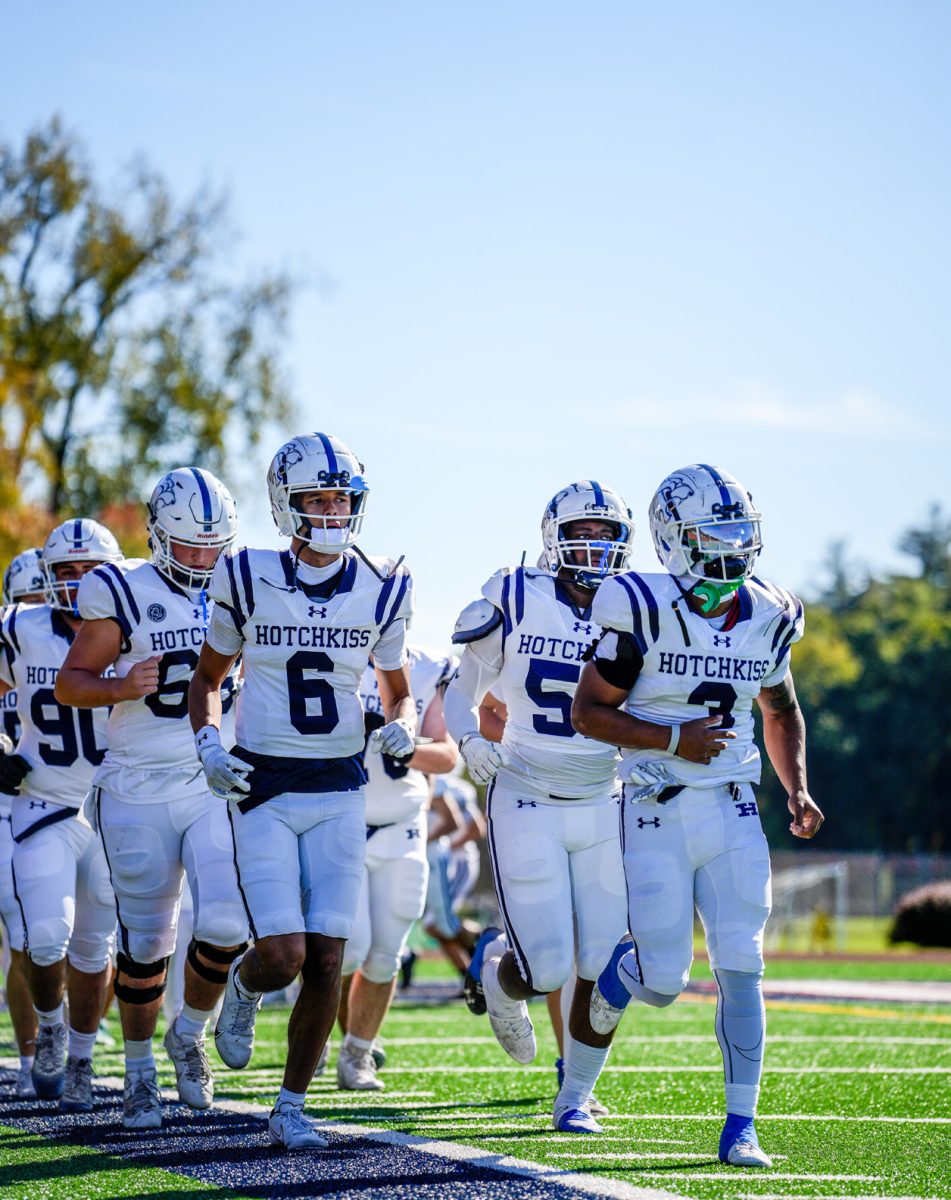NFL player Damar Hamlin was the victim of an unprecedented injury on January 2. Hailing from Pittsburgh, Pennsylvania, Hamlin was a four-star recruit coming out of Central Catholic High School.
He went on to play football at the University of Pittsburgh, where he was a four-year starter who finished his collegiate career with six interceptions. After being drafted in the sixth round of the 2021 NFL Draft, he joined the Buffalo Bills as a defensive back.
Although this is his second season in the NFL, Hamlin was named a starter following Micah Hyde’s season-ending injury. Hamlin remained loyal to his hometown, founding the Chasing M’s Foundation, which helps underprivileged youth. The foundation’s Community Toy Drive on GoFundMe received an outpouring of support following his injury and has raised almost $9 million.
The Monday Night Football game between the Bills and the Cincinnati Bengals was supposed to be a close contest with important playoff implications, until Hamlin made a routine tackle on Bengals wide receiver Tee Higgins.
Hamlin stood up after the tackle and initially seemed fine. Shortly after, however, he staggered backwards and collapsed on the turf.
On-site medical staff, including Bills and Bengals trainers, immediately attended to Hamlin, who was in cardiac arrest. He received CPR on the field and a shock from an automated external defibrillator. An ambulance was called onto the field and transported Hamlin to the University of Cincinnati Medical Center emergency room.
The stadium was in shock. Players on both teams breaking down in tears as they watched a teammate and competitor fight for his life made clear exactly how serious the situation was.
After Hamlin was taken to the hospital, ESPN commentator Joe Buck reported that play would resume, and teams would be given a warm-up period of five minutes.
However, after the head coaches huddled at midfield, the game was suspended and players returned to their locker rooms. ESPN cameras showed league officials on the phone, presumably with commissioner Roger Goodell.
The game was postponed until further notice at 10 p.m., over an hour after Hamlin’s collapse. The following day, the NFL announced that the game would not be resumed that week, and since then, the league has declared the game the first “no-contest” in its history.
On January 5, three days after kickoff, the hospital announced that Hamlin was neurologically intact despite remaining in critical condition. The following day, Hamlin was taken off the ventilator.
On January 9, a week after being admitted to the hospital, he was transferred to Buffalo General Medical Center’s Gates Vascular Institute for rehabilitation and further tests.
He was discharged on January 12. He is continuing to rehabilitate at home after the Bills placed him on the Reserve/Injured list.
Damar Hamlin has made a miraculous return to health in recent days. However, his injury has made many football fans reconsider their love of the sport. No one should die as a result of playing football.
Over four years ago, on this very same field, Pittsburgh Steelers linebacker Ryan Shazier suffered a spinal cord injury, leaving him unconcious and paralyzed from the waist down.
While neither injury is likely to occur on any given Sunday, the accumulation of damage both to the body and the brain of a football player needs further discussion. Hamlin’s injury, in particular, has raised concerns about whether football is inherently unsafe or if the risks to players can be mitigated.






